Optimal Timing for Shed Foundation Installation
Determining the optimal time for shed foundation installations involves considering weather conditions, soil moisture levels, and project schedules. Proper timing ensures a stable and durable foundation, reducing the risk of future issues such as shifting or uneven settling.
Spring offers moderate temperatures and manageable moisture levels, facilitating easier excavation and setting of foundation materials.
Summer provides longer daylight hours and warmer weather, which can accelerate construction, but dry conditions may require additional watering or moisture management.
Fall allows for installation before winter, with cooler temperatures that can benefit curing processes, provided the ground isn't frozen.
Winter installation is generally discouraged due to frozen ground and cold temperatures that hinder excavation and curing, though some methods may be adapted for mild climates.
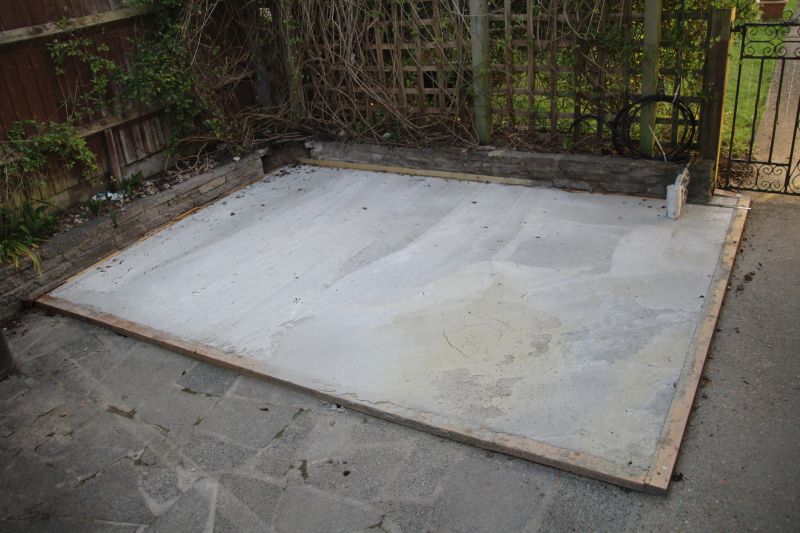
Ways to make Shed Foundation Installations work in tight or awkward layouts.
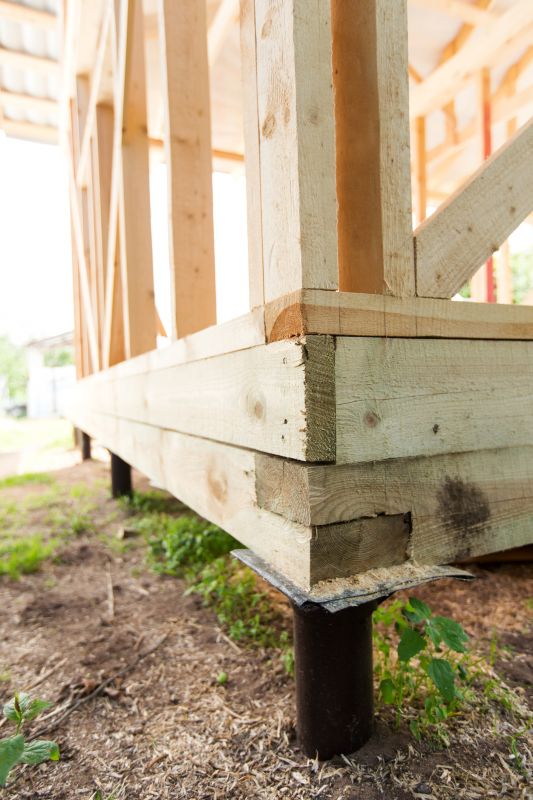
Popular materials for Shed Foundation Installations and why they hold up over time.
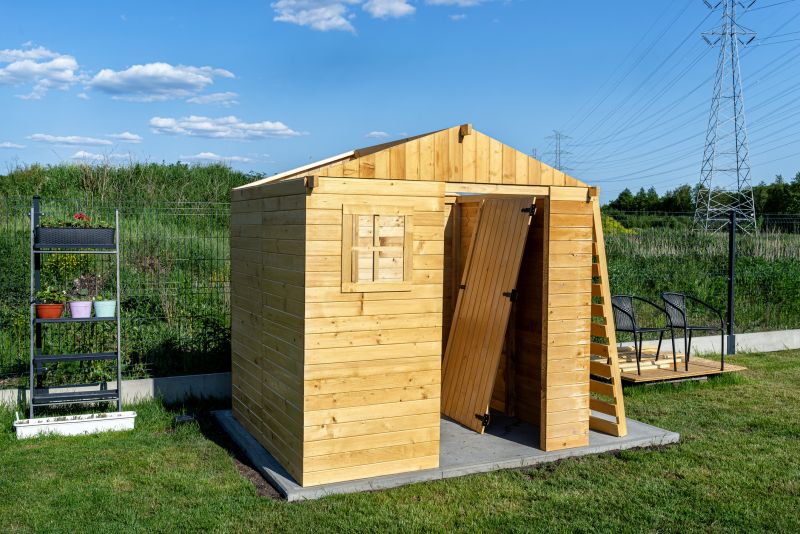
Simple add-ons that improve Shed Foundation Installations without blowing the budget.
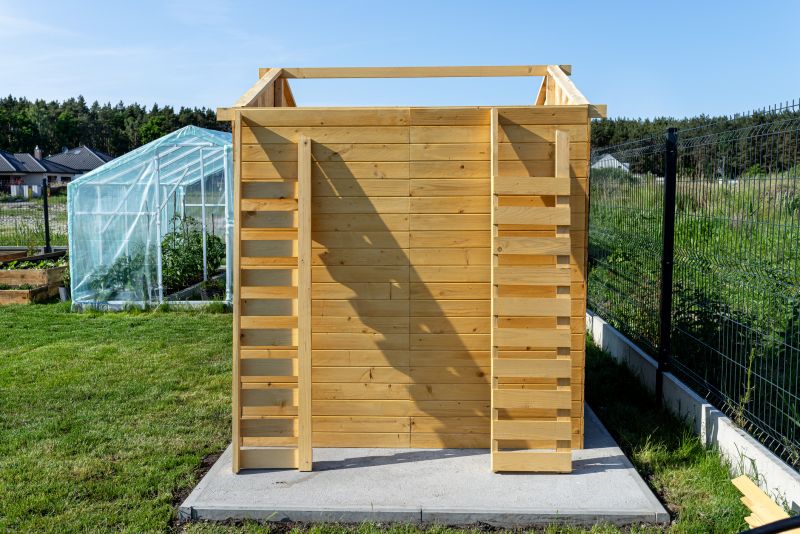
High-end options that actually feel worth it for Shed Foundation Installations.
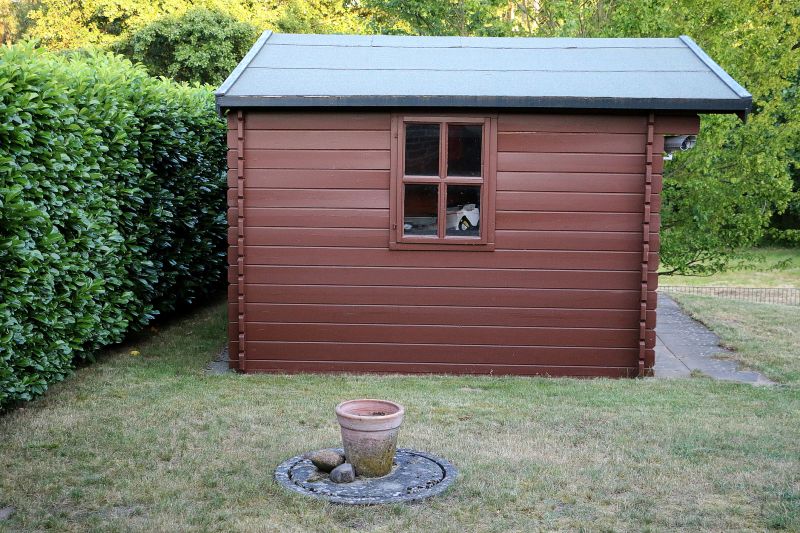
Finishes and colors that play nicely with Shed Foundation Installations.
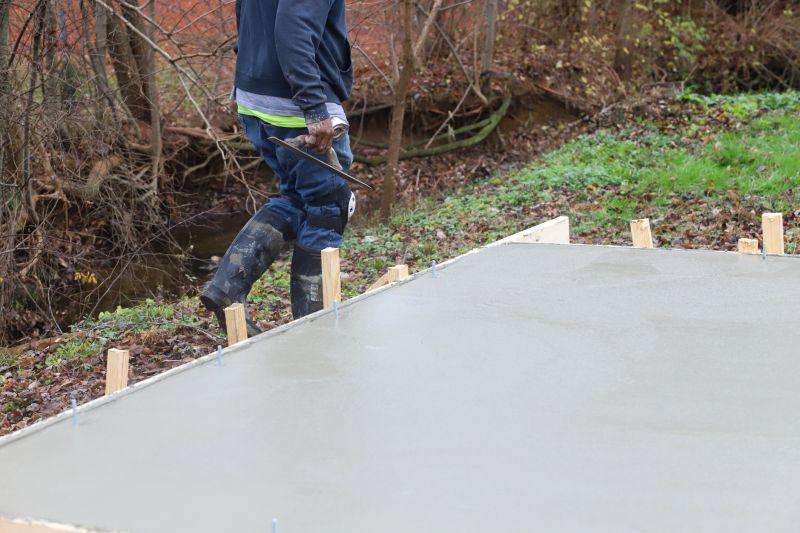
Little measurements that prevent headaches on Shed Foundation Installations day.
Shed foundation installations are a critical component of ensuring the stability and longevity of a shed structure. The process involves preparing the ground, selecting appropriate materials, and constructing a base that can withstand environmental stresses. Properly installed foundations can prevent shifting, cracking, and uneven settling, which are common issues with poorly supported structures.
Statistics indicate that over 60% of shed foundation failures are due to improper timing and inadequate ground preparation. Installing foundations during optimal weather conditions minimizes these risks and leads to a more durable result. Additionally, the choice of foundation type—such as concrete slabs, gravel beds, or pier blocks—depends on soil conditions and shed size, further emphasizing the importance of timing and site assessment.
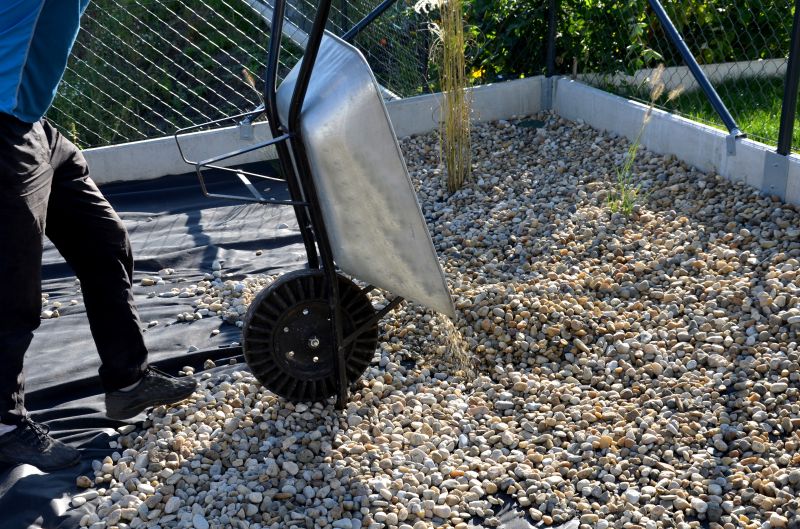
A 60-second routine that keeps Shed Foundation Installations looking new.
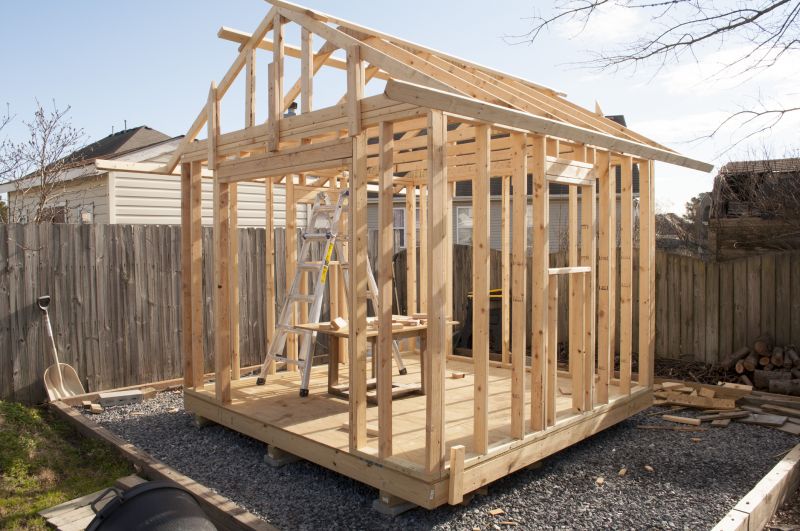
A frequent mistake in Shed Foundation Installations and how to dodge it.
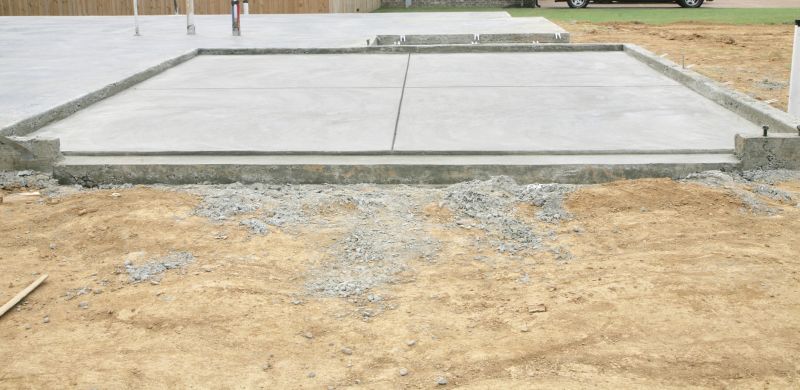
Small tweaks to make Shed Foundation Installations safer and easier to use.

Lower-waste or water-saving choices for Shed Foundation Installations.
| Season | Ideal Conditions |
|---|---|
| Spring | Moderate temperatures, manageable moisture levels, less rain |
| Summer | Warm weather, longer daylight, potential for dry conditions |
| Fall | Cooler temperatures, before ground freezes, good for curing |
| Winter | Frozen ground, cold temperatures, generally discouraged |
Interested in scheduling a shed foundation installation? Filling out the contact form can provide detailed information and assistance tailored to specific site conditions and project timelines.
